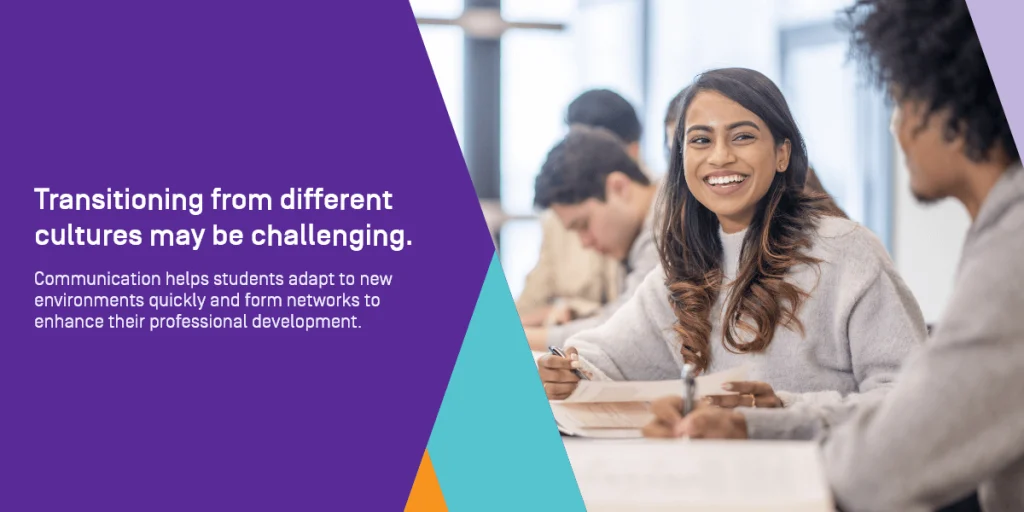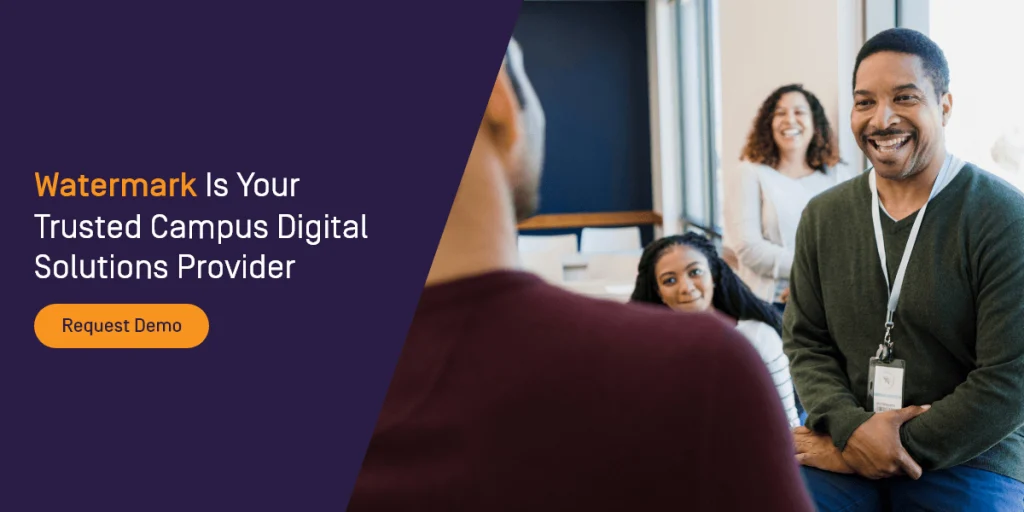



Spanish-speaking students and families are vital members of higher education institutions in the United States. Yet some Hispanic students and families encounter language, cultural, and financial barriers, making it difficult for them to feel they belong. These obstacles impede academic and professional progress.
Higher education institutions can provide translation services to enhance communication between students, parents, and the institution. Other practical solutions include hiring bilingual staff, offering dual language programs, conducting family-focused events, and providing continued support. Institutions can execute these effectively by leveraging technology.
Effective communication has several positive impacts on Hispanic students and families, including:
Spanish-speaking students, especially those in the low-income and first-generation categories, may face challenges with imposter syndrome during their higher education. Such challenges may arise from social, cultural, and economic factors, making them feel they do not belong in the institution or lack the necessary qualifications to achieve their goals.
Effective communication between students, peers, faculty members, and families can help students build their confidence. For example, when professors reassure students that they selected them due to their academic prowess, they may feel motivated and less doubtful about their abilities. Again, positive communication between students creates a sense of belonging, regardless of cultural differences.
Getting feedback is crucial, especially in higher education institutions. It allows students to address performance issues and maintain steady growth.
First-year students, in particular, may encounter challenges adapting to the new environment and standards required on quizzes, tests, and general classroom performance. First-generation Spanish-speaking students may also face the “hidden curriculum” — the unwritten and unofficial lessons, perspectives, and values determined by dominant cultural norms that may not be familiar to them. These may prevent students from reaping the full benefits of academic activities.
Direct and open communication gives students access to the relevant information they need for success. Feedback from professors helps them respond better to expectations and drives them to approach projects confidently.
A robust bond between students, families, and professors is a rare gift. Students may receive regular guidance from faculty members with whom they have personal relationships. Parents better understand their children’s needs when participating in educational activities, and professors may gain insight into the student’s background through their parents. The result is a positive feedback loop.
Relationships between students, parents, and faculty strengthen with effective communication. Faculty can then use the information they gather from families to identify trends and provide support.

Students are likely to participate in activities when they can communicate freely. Higher education is community-based, requiring collaboration to develop skills and harness potential. Communication allows students to ask questions, compare materials and ideas with their peers, and seek assistance from faculty.
Faculty can also leverage effective student interaction to get new ideas and implement effective developmental programs. Professors can also use students’ feedback to enhance classroom learning. Creating a solid communication platform increases accessibility and improves relationships.
Fostering a sense of community and belonging, especially at the early stages of students’ education, is crucial for their success. It motivates students to learn and participate in extracurricular activities.
Students sometimes spend years in their previous institutions where they experience and assimilate cultures likely to differ from higher ed institutions. Transitioning from different cultures may be challenging. Communication helps students adapt to new environments quickly and form networks to enhance their professional development.
The need for effective communication in higher ed institutions heightened during the COVID-19 outbreak, which caused several disruptions in higher education. For example, the National Association for College Admission Counseling (NACAC) changed its Code of Ethics and Professional Practices to accommodate demands during that period, as was common across various institutions.
The uncertainties that arose required higher ed institutions to communicate regularly with students and parents to provide updates about academic and administrative decisions and global measures. This made one thing clear — communication helps students stay safe and informed during crises.
English language learners encounter several challenges within higher education institutions, including:
Here are six ways higher education institutions can support Spanish-speaking students and their families:
Higher education institutions can take advantage of the features and benefits of digital tools to provide the best solutions for their Spanish-speaking students and families. Institutions are better able to serve stakeholders when they can access accurate data, allowing them to implement strategies that deliver results.
Watermark is an advanced digital tool designed to drive institutional improvement efforts. Our 20 years of experience allow us to understand your needs and provide tailored solutions. Request a demo to see our solutions in action.






























































































































































































































































































































































































